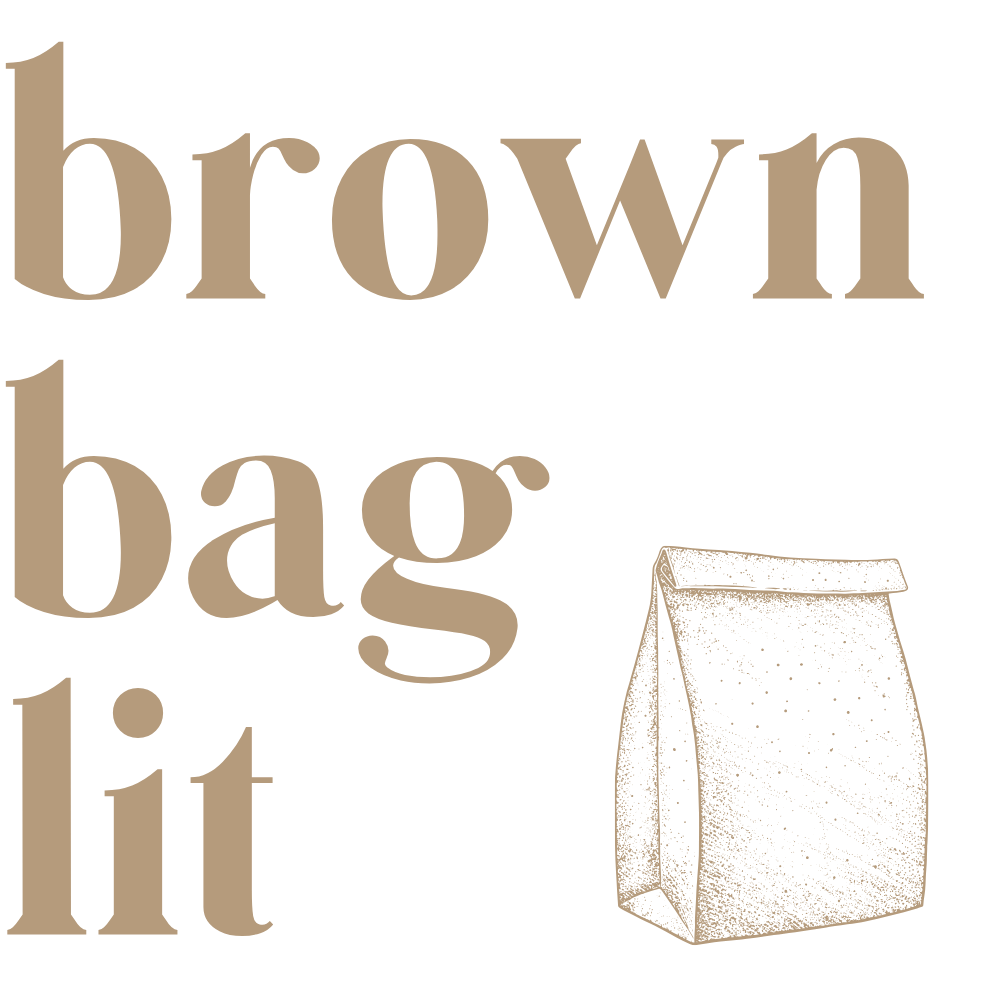A review of Amanda Shaw’s IT WILL HAVE BEEN SO BEAUTIFUL
Amanda Shaw’s debut collection, It Will Have Been So Beautiful, is breathtaking and impressively capacious in its themes, tonal range, and precision of language. Some of the collection’s central questions include: where and how does one make a home if one’s personal history spans from New Hampshire to Italy and elsewhere? And how can we make sense of our world in the face of climate change and our colonial past? The collection is thus both forward and backward looking. The title, taken from a Diane Arbus quote, hints at the collection’s temporal complexity through its use of the future perfect continuous (i.e. “have been”). This verb tense suggests the ways in which the past will continue to shape the world beyond what we can now see. As Sandra Beasley blurbs on the back, Shaw’s poems are “big ones”; and yet, she tackles these large topics with nuance, humor, and grace.
The poems in Shaw’s collection are far reaching geographically and temporally; yet, in their expansiveness, they are also attuned to the specificity and the particulars of the everyday. This dynamic is evident in “A Peaceable Kingdom” when the poem zooms in on May tadpoles, June crickets, and Queen Anne’s lace. Shaw’s deceptions of nature are precise and sensual as is evident when she zeros in on “light/ pressed to the back of a closed lid//when you nap on a slope” (15). In this poem, as elsewhere in the collection, the speaker’s engagement with her world expands and contracts, as she recalls “winters too warm/ for what used to be May. Before//summer in November” (16). The speaker’s personal history becomes intertwined with the effects of climate change: the past is both cause for celebration and lamentation. From here, the poem travels to the speaker’s father’s moonlit canvas, which is defined by “rich smells that made me/ tiptoe past” (16). The canvas is a copy of a painting by Edward Hicks of a white man giving a Lenape a smallpox infected blanket. The poem concludes with the speaker’s reflection: “No, I couldn’t have known/ it was a copy of a copy. The red velvet/ a pestilence. The cloth, it looks so soft” (17).
What is known becomes unknown, what is soft becomes deadly. Artfully, Shaw upends expectations and weaves together disparate threads that are, in the end, deeply intertwined just as, here, climate change shapes the speaker’s engagement of her past and her father’s canvas renders vivid America’s colonial past. Shaw’s poems travel far and each one of her poems is an invitation to the reader to embark on a journey of discovery.
While Shaw’s poems time travel through different histories, they also unfold in different geographies–from New Hampshire to Italy, Switzerland to France. These poems often engender questions about home and belonging. In “Tra voi sapró dividere,” for example, a speaker grapples with her alienation in Rome as she finds refuge in “the whitewashed walls/whose blemishes [she] know[s] so well/and listen for the purring of the heater” (11). One of Shaw’s great strengths is her ability to use external details to shed light on the speaker’s interiority. In this case, “whitewashed walls” and the “purring of the heater” embody the void that the speaker feels within. In “These Mountains (II),” which takes place in France, the notion of “the outsider” takes on a slightly different valence within the context of climate change as is evident when the speaker looks out of her hotel balcony at
the hot earth’s furious fault-lines
–line of tired climbers, line of fire
cooled to leisure: this human
reach, these earthly extirpations (57).
Employing a tension between hot (“furious fault-lines”) and cold (“cooled to leisure”), Shaw underscores the precariousness of human life in face of “these earthly extirpations.” Repeated sounds, especially of the letter “f,” give this line increased urgency. This is but one example of Shaw’s fine attention to craft (consonance) to convey the precariousness of human life. We are, in short, all outsiders in the face of “earthly extirpations” –an example of beautiful assonance.
Language is central to It Will Have Been So Beautiful–both at the level of individual lines and at the level of the larger collection. In “Love at 24,” the speaker “recalls// the inflamed throat. Who knows/ what I’d have said?” (13). In the poem “Residuum,” the speaker confesses: “I am furiously digging into my mind like I always do for// words, more words” (22). Shaw, too, furiously digs to interrogate, destabilize, and explore the connotations of particular words or phrases. In doing so, she includes snippets of conversations with friends, family, and loves. Some of her poems also incorporate French and Italian phrases. As a result, Shaw’s poems are vivid, full of personality (and personalities) and easy to connect with.
There is something for everyone in It Will Have Been So Beautiful, which moves seamlessly between different worlds and registers. In this collection, there are references to high art, to Pottery Barn, to cell phones, and the Great Lakes. The tone varies richly and dynamically from poem to poem. Children’s games, swear words, classical words, and things said in passing also appear in comical, lyrical, and haunting ways. Shaw is a keen, steadfast observer of the world. Her poems are a testament to her desire to interrogate, love, and lay bare the joys and delights as well as the losses that surround us.
It Will Have Been So Beautiful by Amanda Shaw is available from Lily Poetry Review Books.
